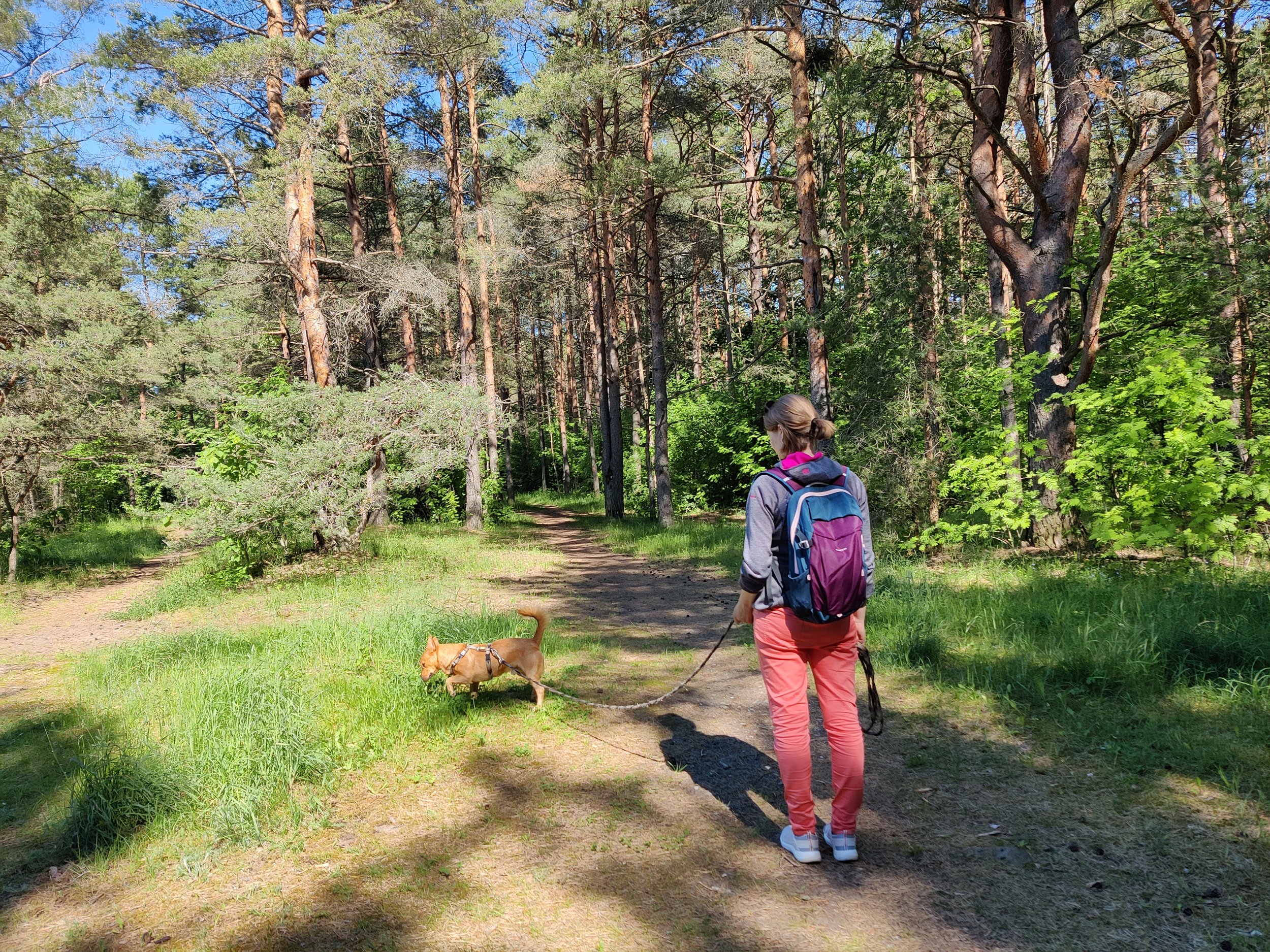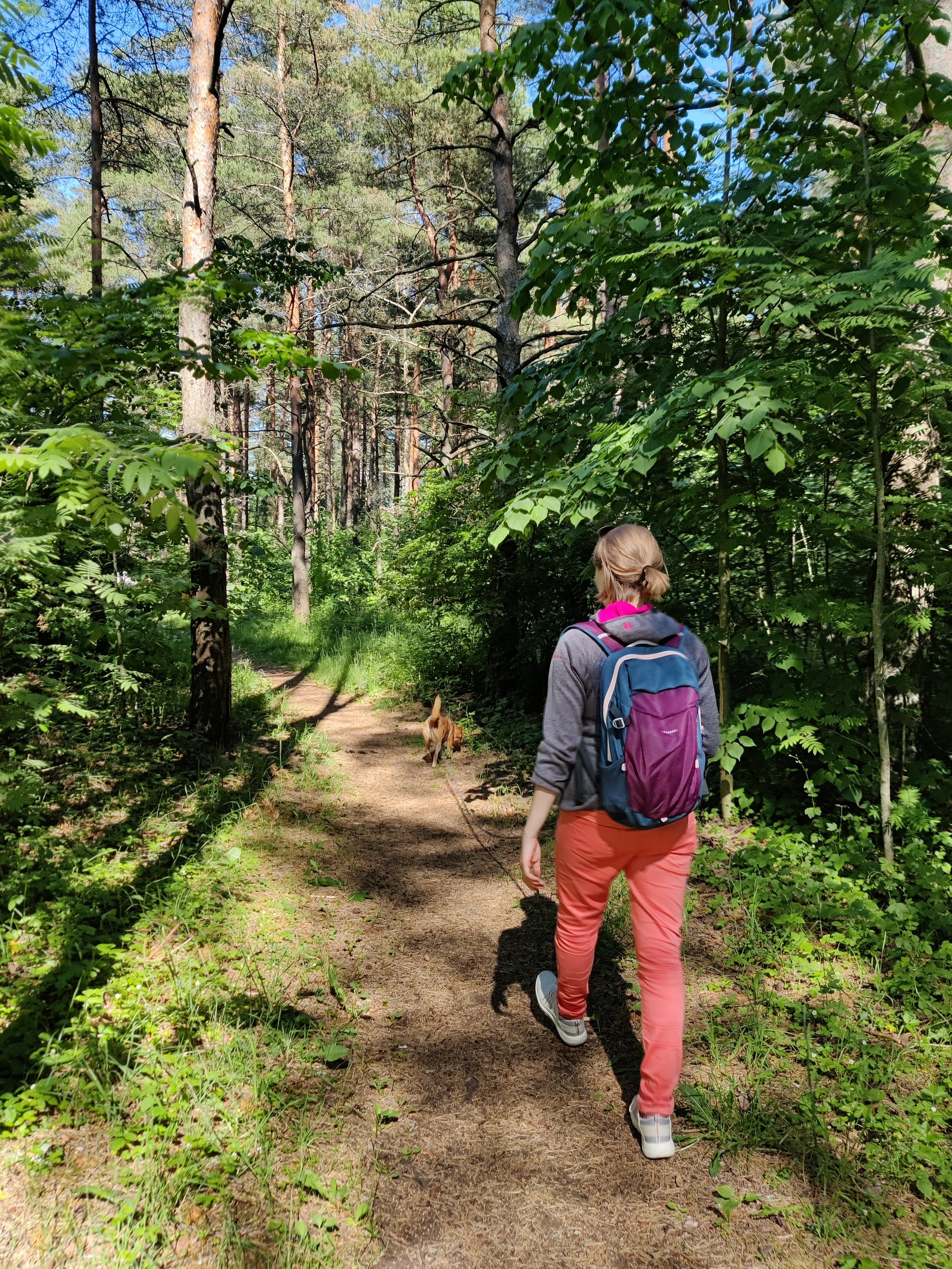A good walk starts at home
During the whole existence of the Smiling Leash project we have been covering walks and what happens while you are out with your dog: all the hows, whats and whys of enjoyable walks. This time we want to expand our view of what a walk is even further.
In these years we received many questions from you, our community, about your own dogs and some specific issues you are facing, such as: dogs unable to relax or slow down, dogs being fearful of multiple things or pulling on the leash. All sorts of behaviours we might see as “problematic” during walks.
One piece of advice is universal for all of these cases:
Look beyond the walks: identify other stressors in your dog’s life.
Indeed, how our dogs feel and what behaviours they exhibit is a puzzle with many pieces. It consists of our dogs' past and present, and what happens to them during the whole day.
Here are some of the pieces of this puzzle:
Genetics
Previous life experience (including early life experiences)
Species-specific basic needs
The possibility (or lack of) of practising species-specific behaviours
Health and physical (dis-)comfort
To give you an example of how these things can influence our dogs' behaviour on walks, here is a case study:
Johnny is a 4 year old male dog, recently adopted from a dog shelter. Johnny was abandoned at the age of 6 months and spent most of his life in the shelter, in a 3x2 m2 cage that he shared with another dog. In the shelter, he walked almost every day, on a very short slip lead and only within the shelter's territory.
Johnny's lower back seems tense and his gait is uneven, although during a vet check, the veterinarian did not find any issues.
The family who adopted Johnny loves him very much and are doing their best to make him comfortable in his new home. All the family members work 5 days a week and he has to spend 7 hours alone on those days. He seems fine, his family says, but sometimes they find pee in their bedroom.
Johnny is taken for walks 3 times a day for 30 minutes on a well-fitting harness and a long lead, but he pulls a lot, especially in the begining of the walk, when they step out of the house.
Sounds like a pretty common case, right?
Now let's think about why Johnny pulls on the leash, although his guardians are doing their best and got a well-fitting harness and a long leash for Johnny to enjoy.
Remember, we are looking for stressors that influence how Johnny feels and behaves.
We can see right away that this dog did not have the best start in life: abandoned to a dog shelter, for most of his life he experienced a lack of quality walks, socialisation and free movement.
We identified some mobility problems, too, which can be causing physical discomfort and would ideally need to be looked at further. We also see that Johnny has to spend an extensive amount of time alone and is not fully comfortable with that since he pees inside sometimes.
We know nothing about Johnny's parents (genetics) or how his other needs are being met (nutrition, sleep, mental stimulation, and more), but a puzzle is already starting to assemble in front of us.
Before we start training loose leash walking with Johnny, we have to make sure his needs are met, he is free of physical discomfort and feels safe outside. This process does not happen overnight, of course, and is impossible to cover in one article.
Hopefully, now you can see how many things go into working with dog behaviour. We want to join our colleagues who say:
No amount of articles or books you read will replace a consultation with an ethical dog behaviour specialist who will help you identify stressors in your dog's life. Who will help you find solutions and strategies based on your individual needs and lifestyle.
Even those of us who work with dogs often seek advice from our colleagues about our own dogs, because it can be extremely hard to identify all the stressors and stress signals without a view from the outside.
This all may feel very complicated and frustrating when we just want to enjoy a peaceful walk with our dog, but that's what we love about dog behaviour: it's complicated and it's beautiful. Just like nature itself.
Thank you Elena and Ciro for these lovely photos!


